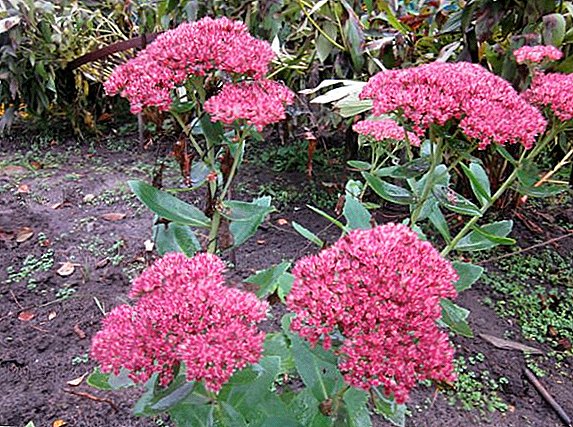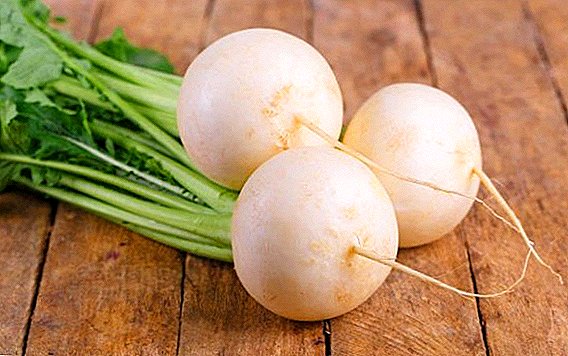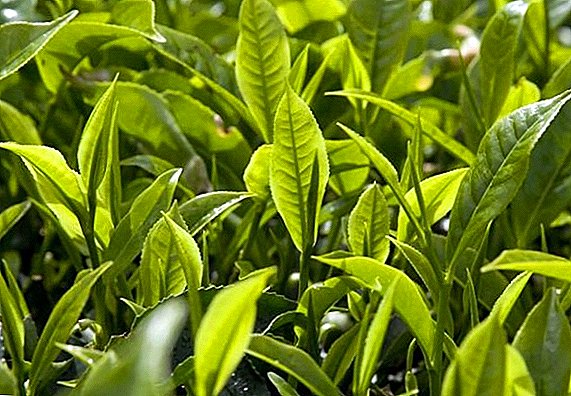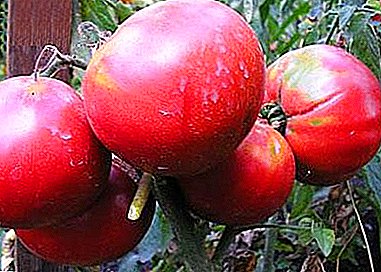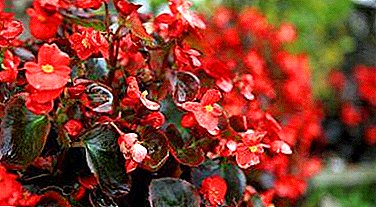
Begonia has long won the hearts of flower growers. This plant is loved by us for its lush flowering, bright colors and fancy leaves. It has become the adornment of many premises. In order for begonia to bloom abundantly and for a long time to please the eye, you need to know some simple rules for flower care, for example, that this plant prefers diffused light, high humidity and soil rich in certain minerals, as well as how to fertilize the plant properly at home. conditions. Requires regular watering and fertilizing.
Watering rules
This houseplant needs competent watering. Irrigation mode is the main component of proper care for home begonia.
- Begonia is recommended to be placed in a room where there is a high level of humidity. To do this, you can use a humidifier or spray. But you need to make sure that water droplets do not fall on the leaves, because drops that fall on the leaves can cause brown spots (this is why many growers never spray begonia).Important! During the heating season, if your flower is near the battery, use a wet towel. Dampen it with plenty of water and put it on the battery, so you normalize the humidity, because during this period the air becomes dry, and this adversely affects the flower.
- Begonia needs to be watered about 1 time in 3 days - evenly and preferably at the same time. Most often it is the morning or evening hours.
 In the hot season, watering should be more abundant, let the water soak every piece of soil, let it flow out of the drainage holes, in the summer season it is acceptable. And since mid-autumn, around October, the frequency of irrigation is better to reduce, and in winter to minimize it at all, because during this period hibernation begins at the begonia (how to keep begonias in the winter at home, read here). In the cold season, one watering per week will be enough, since an excessive amount of water can damage the root system and lead to the death of a beloved flower.
In the hot season, watering should be more abundant, let the water soak every piece of soil, let it flow out of the drainage holes, in the summer season it is acceptable. And since mid-autumn, around October, the frequency of irrigation is better to reduce, and in winter to minimize it at all, because during this period hibernation begins at the begonia (how to keep begonias in the winter at home, read here). In the cold season, one watering per week will be enough, since an excessive amount of water can damage the root system and lead to the death of a beloved flower. - Water for irrigation should stand (about a day, in an open container) and be at room temperature.
- Favorably affects the flower and the loosening of the ground, 1-2 cm deep. This should be done carefully, after watering, when the water soaks the soil. So you will provide adequate humidity inside the pot and create the necessary air exchange.
- For this indoor plant is also possible by immersion pot.
- Take a shallow tank with a diameter slightly larger than your own, fill it with water and leave the plant in it until the liquid is absorbed into the ground through the drainage.
- Then blot the bottom of the pot with a paper towel and return to its usual place.
Feeding at home
Plant nutrition is the introduction of phosphorus-potassium and nitrogen fertilizers to improve the growth of begonia and the development of its buds and inflorescences.
So, potassium phosphate fertilizers are recommended to be used once in two weeksstarting from the moment of flowering. Thanks to this type of feeding, the plant will increase the flowering period and the number of buds, and in general will look healthier.
Consider how you can feed the indoor begonia for abundant flowering. How to grow, water and care for the begonia, so that it blooms longer, we told in our material.
Well proven “Bona Forte” is a concentrated organo-mineral fertilizer, easy to use (10 ml. Per 1.5 l. Of water.) And at a democratic cost (180-200 rubles.). Also fertilizers such as:
- “Good power” (300 rubles).
- “Biopon” (140-160 rubles).
- “Fertika Lux” (80-90 rubles).
- “Mr. Color” (60-80 rubles).
All of them have a balanced composition and ensures the proper growth and development of the plant.
As for nitrogen fertilizers, they are applicable only for hardwood varieties., because they can inhibit the development of buds. Their main task is to increase the growth of greenery, for example:
- “Bona Forte for violets and begonias” (100-110 rubles).
- “Azovit” (120-130 rubles).
Effective folk remedies
 There are many effective folk remedies. They have both pluses and minuses. Plus is the availability and minimum material cost. All components can be found in the kitchen (sugar, yeast, etc.). The downside is that it takes a little more time than a ready-made tool that can be purchased at any specialty store or even a simple supermarket.
There are many effective folk remedies. They have both pluses and minuses. Plus is the availability and minimum material cost. All components can be found in the kitchen (sugar, yeast, etc.). The downside is that it takes a little more time than a ready-made tool that can be purchased at any specialty store or even a simple supermarket.
- Yeast is an inexpensive and affordable product that equates to the use of expensive mineral fertilizers.
You will need:
- 1 l. warm water;
- 1 gr. dry yeast;
- 1 tsp sugar.
The ingredients are mixed and leave to infuse for 3 hours. Before watering, dilute the mixture with water (1: 5). You can use this tool no more than every 2 months.
Reference! Yeast contains hormones auxins and cytokinins, these substances accelerate growth and contribute to a more prolonged and abundant flowering of begonias.
- Another available tool that you can feed a begonia to improve growth and saturation with glucose is sugar.
You will need:
- 1 tbsp. a spoonful of sugar;
- 1 l. water.
Mix and pour the root system with this solution. If the solution gets on the leaves, they should be wiped to remove stickiness. The procedure is repeated about 1 time per month.
- Good results are obtained by feeding boron and manganese.
You will need:
- 1 gr. boric acid;
- 0.5 gr. potassium permanganate;
- 5 l. water.
This solution can be used only after abundant watering so as not to burn the root system.
General rules for fertilizer application
- Fertilize your indoor flower better in the evening. Approximately 2 hours before this procedure, the soil should be moistened.
- Ensure that the fertilizer does not fall on the leaves and flowers, but only on the ground. Otherwise, the leaves may turn yellow or fade.
- Remember the measure. Overabundance of any fertilizer can lead to toxicosis and death of the plant.
Following these tips your flowers will always be fresh and beautiful!
- Features planting begonias in the pot. Why is it so important to choose the right capacity?
- How to care for begonia after buying at home?
- How to grow garden begonia in the open field?


 In the hot season, watering should be more abundant, let the water soak every piece of soil, let it flow out of the drainage holes, in the summer season it is acceptable. And since mid-autumn, around October, the frequency of irrigation is better to reduce, and in winter to minimize it at all, because during this period hibernation begins at the begonia (how to keep begonias in the winter at home, read here). In the cold season, one watering per week will be enough, since an excessive amount of water can damage the root system and lead to the death of a beloved flower.
In the hot season, watering should be more abundant, let the water soak every piece of soil, let it flow out of the drainage holes, in the summer season it is acceptable. And since mid-autumn, around October, the frequency of irrigation is better to reduce, and in winter to minimize it at all, because during this period hibernation begins at the begonia (how to keep begonias in the winter at home, read here). In the cold season, one watering per week will be enough, since an excessive amount of water can damage the root system and lead to the death of a beloved flower.